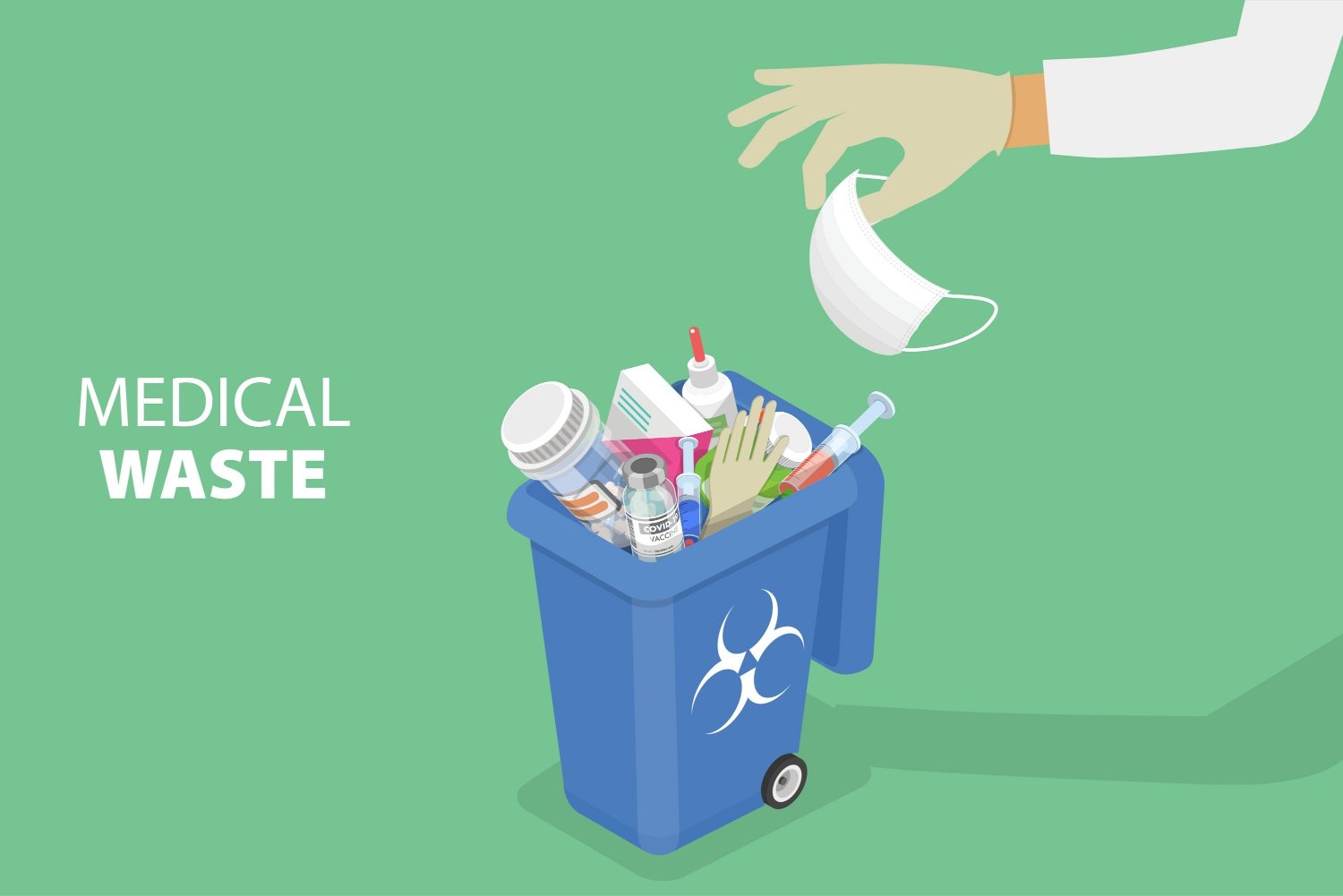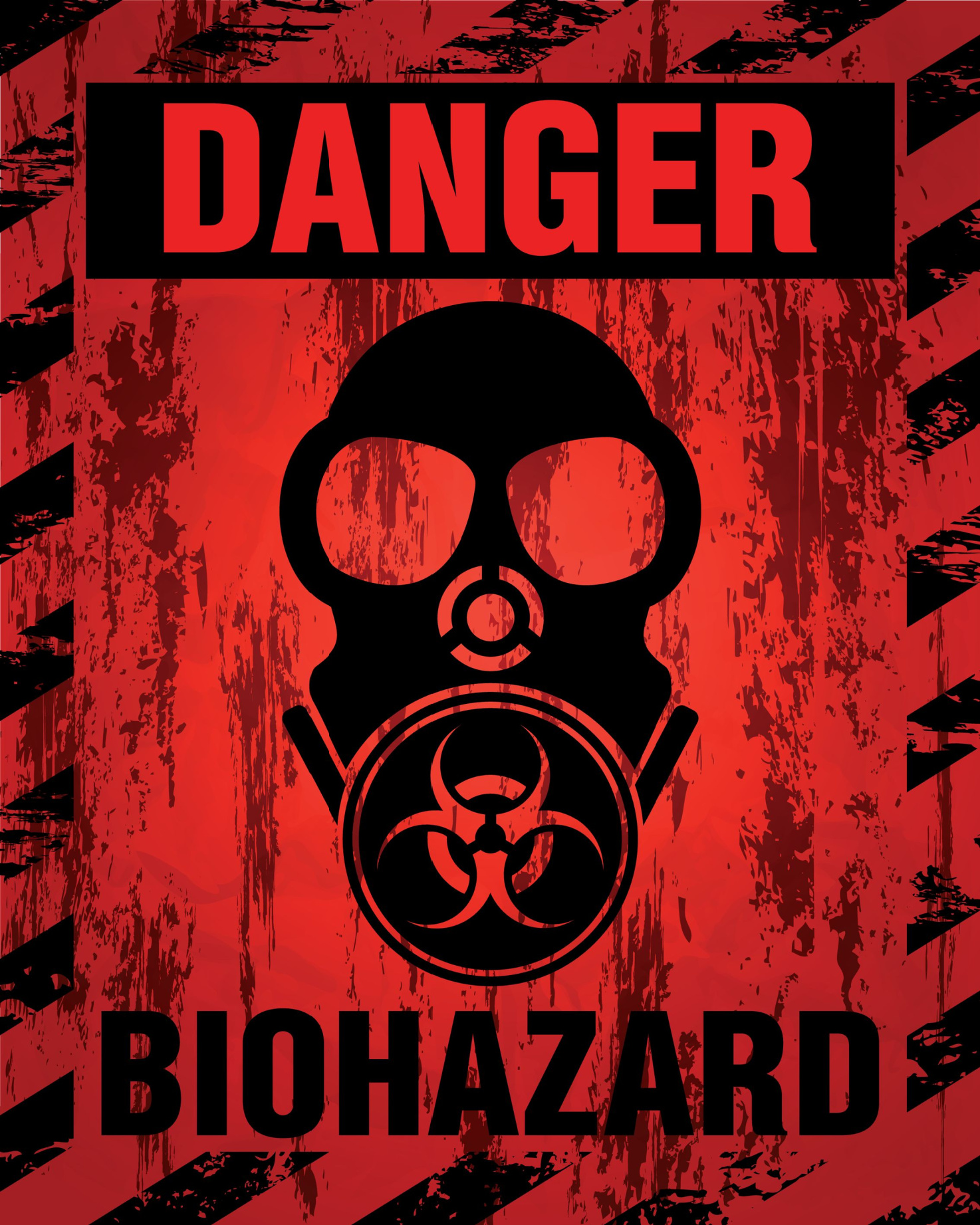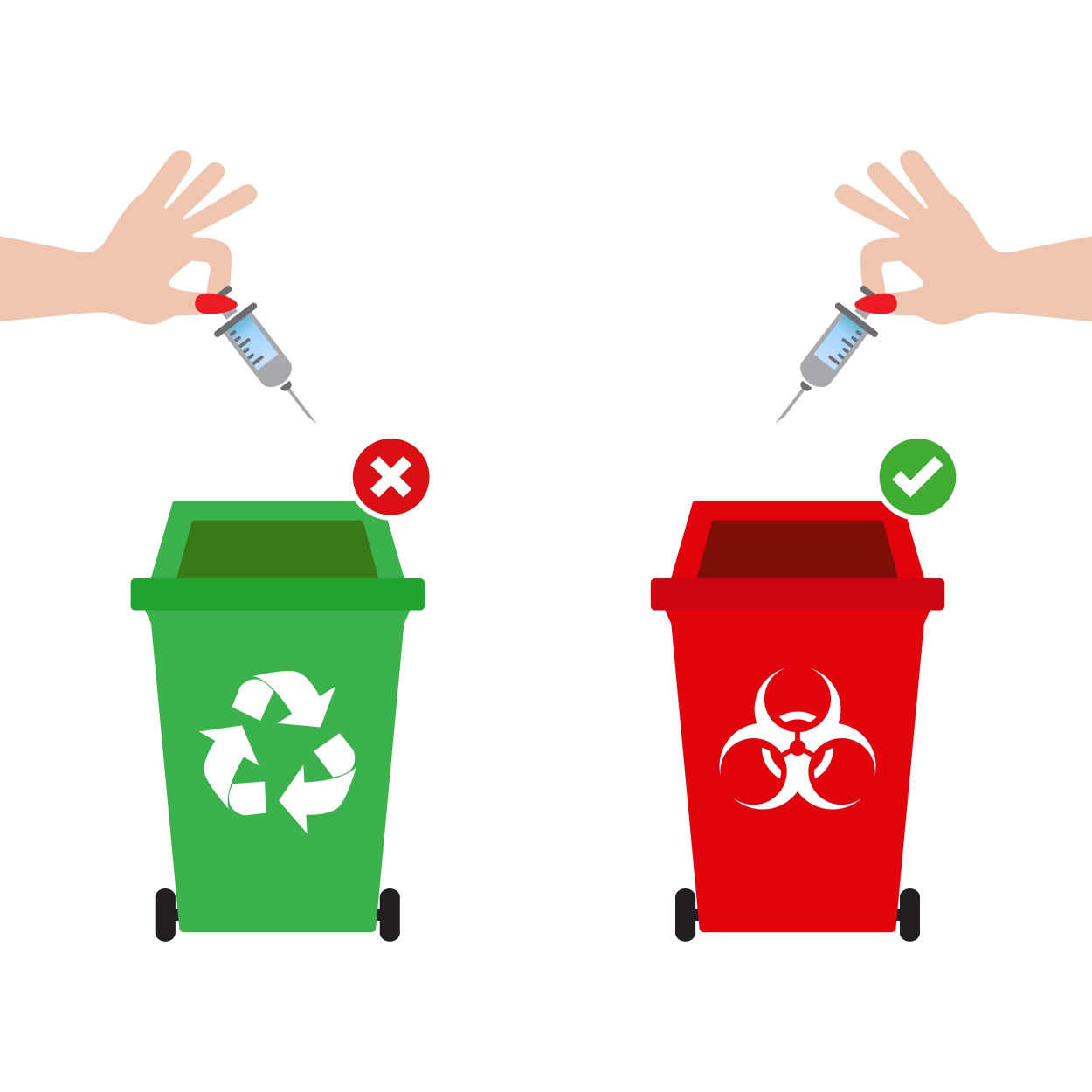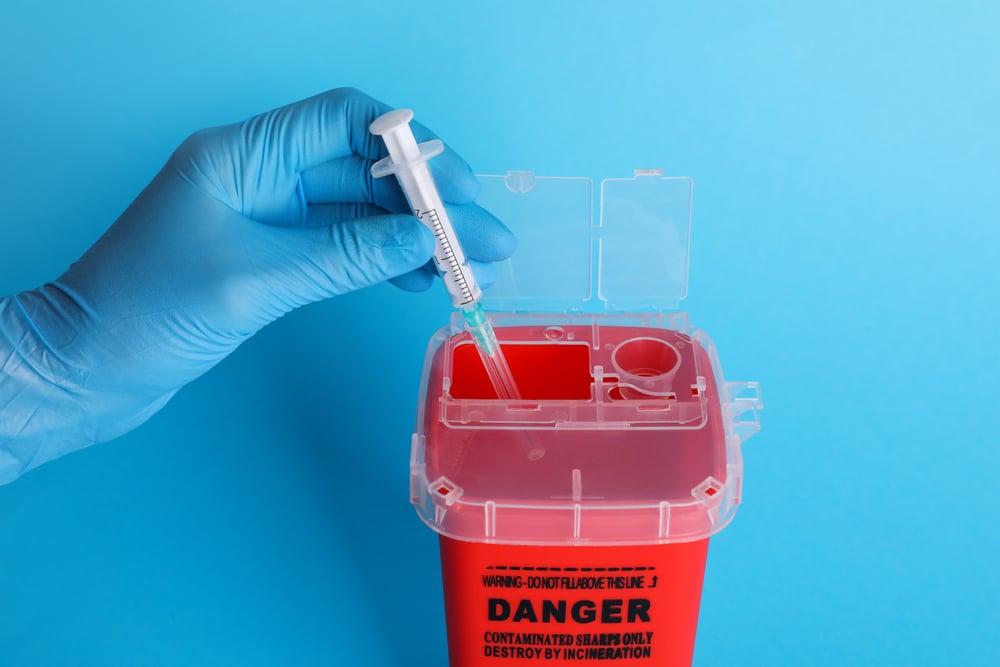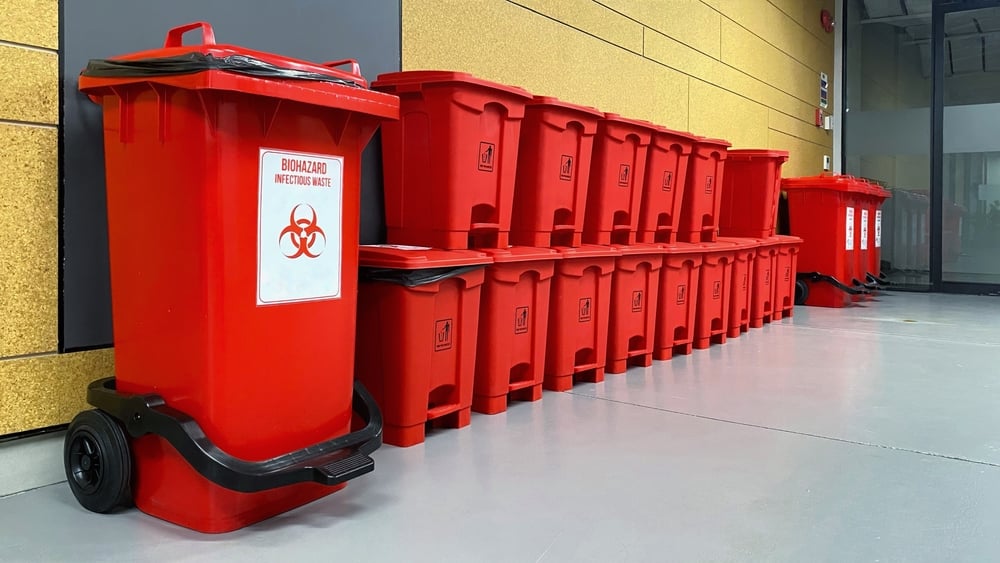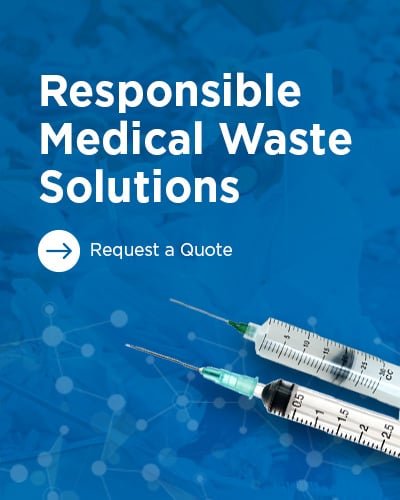Promoting Safe and Responsible Disposal of Injectable Devices: How Pharmaceutical Manufacturers are Offering PureWay Compliance Sharps Disposal System" Pharmaceutical manufacturers are constantly seeking ways to improve the safety and effectiveness of their products. One of the most important considerations is the proper disposal of injectable devices, which can pose a risk to both healthcare workers and the general public if ...
Safe Sharps Disposal for Home Injectors: Protecting Others and Supporting the Industry For individuals who require regular injections for medical purposes, managing the disposal of used needles and other sharps can be a challenging and potentially hazardous task. Improper disposal of sharps not only poses a risk to the individual and their family members but also to the wider community and the environment. This is where safe ...
As responsible pet owners, we strive to provide our furry friends with the best care possible. But sometimes, we overlook the dangers lurking in our own homes. One such danger is the improper disposal of used sharps, which can pose significant health risks to both our families and pets. By using sharps containers, such as the PureWay Sharps Disposal System, we can create a safer environment for everyone. This article will ...
The American Hospital Association proposes that there are 951,045 staffed hospital beds in the United States every year. Therefore, according to Slate.com, it is estimated that it creates approximately 5.9 million tons of garbage annually—which could be even more since the hospitals surveyed already recycle or otherwise divert 10 percent of their waste. The World Health Organization estimates that there are more than 16 ...
Step #1 For Proper Waste Management - Identify Waste identification is a crucial step in the waste management process. It's essential to identify and classify different types of waste so that they can be appropriately managed and disposed of by environmental regulations. This article will explain what waste identification is, why it's essential, and provide tips on accurately identifying different types of waste. The ...
Medical waste, often called healthcare-associated waste, refers to anything contaminated with blood or other potentially infectious materials. It can come from hospitals, clinics, doctor's offices, nursing homes, and even households. While most medical waste is not hazardous, some can be dangerous to human health and the environment if not correctly disposed of. According to the World Health Organisation (WHO), medical waste ...
Biohazardous waste is any liquid, solid, or container containing infectious materials or potentially infectious substances. Infectious materials are anything with a pathogen, a microorganism that can cause disease in humans or animals. This type of waste can pose a severe health and safety risk to both people and the environment if it is not disposed of properly. Proper biohazardous waste disposal is critical to preventing ...
Unsafe needle disposal is not only a danger to the person disposing of the needles but also to the community at large. When needles are disposed of improperly, they can end up in public places where children and adults can accidentally stick themselves. This can lead to severe infections and even death. Unsafe needle disposal is a serious public health hazard. It can lead to the spread of disease, infection, and environmental ...
A sharps container is a specialized container that stores sharp medical instruments, such as needles, syringes, and lancets. Sharp's containers are usually made of hard plastic with a lid that locks to prevent spills. Some sharps containers also have a secondary locking mechanism to prevent accidental opening. Sharps containers safely store sharp medical instruments until they can be disposed of properly. This helps to ...
Biohazardous waste is any liquid, solid, or container containing infectious materials or potentially infectious substances. Infectious materials are anything with a pathogen, a microorganism that can cause disease in humans or animals. This type of waste can pose a severe health and safety risk to both people and the environment if it is not disposed of properly. Proper biohazardous waste disposal is critical to preventing ...
Category
- sharps disposal (33)
- Medical Waste (32)
- sharps container disposal (29)
- Compliance (23)
- sharps mail back (23)
- Pharmaceutical Waste Disposal (15)
- Safety (14)
- Infection Control (13)
- Dental Practice (12)
- biohazardous waste disposal (11)
- OSHA (9)
- patient support programs (9)
- Hazardous Waste (8)
- amalgam disposal (8)
- #GLP1 (7)
- Universal Waste (7)
- Hazardous Waste Disposal (6)
- News (6)
- amalgam separators (6)
- vet sharps disposal (6)
- amalgam recycling (5)
- dental clinical waste disposal (5)
- Amalgam (4)
- ECOII Amalgam Separator (4)
- OSHA Training (4)
- News & Regulations (3)
- medication disposal (3)
- surface disinfectant (3)
- veterinary medical waste (3)
- HIPAA (2)
- flu vaccine (2)
- influenze (2)
- BioSURF (1)
- HIPAA Compliance (1)
- HIPAA Law (1)
- HIPAA Violation (1)
- RP Returns (1)
- improving patient experience (1)
- quart containers (1)
- sharps disposal for veterinarians (1)




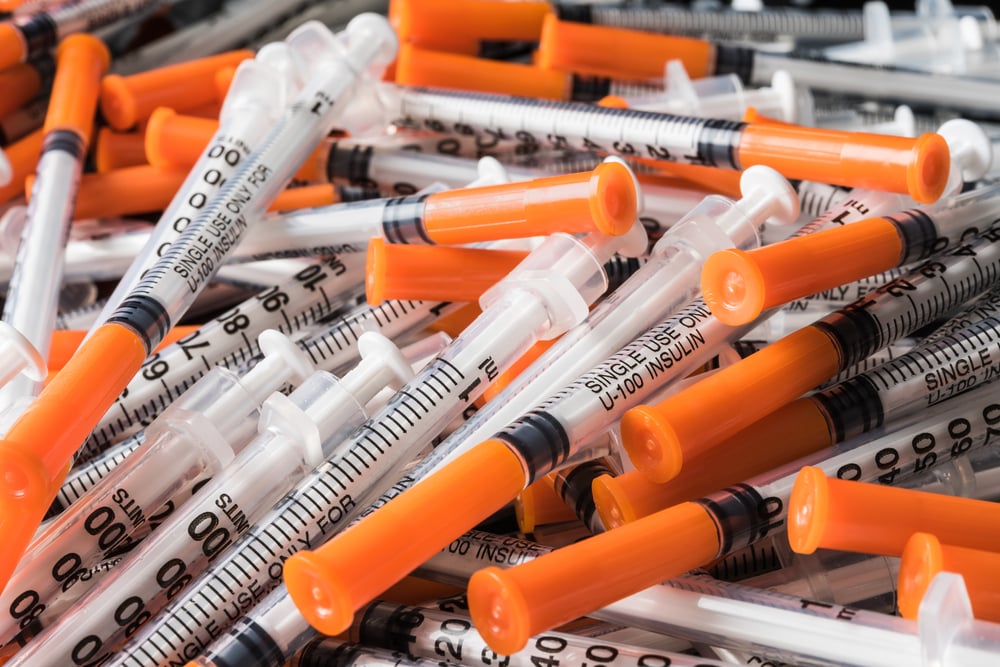

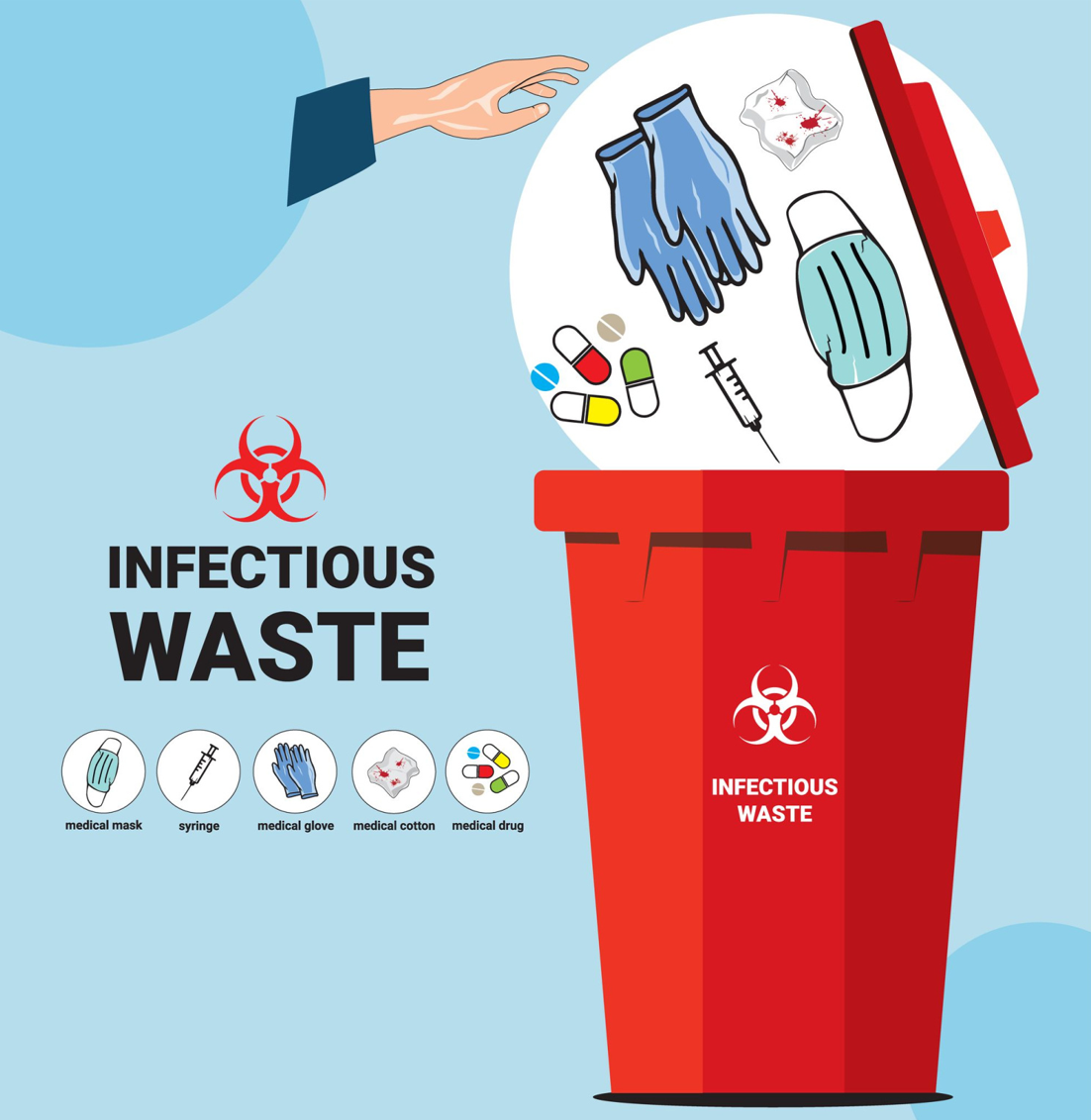
.jpg)
